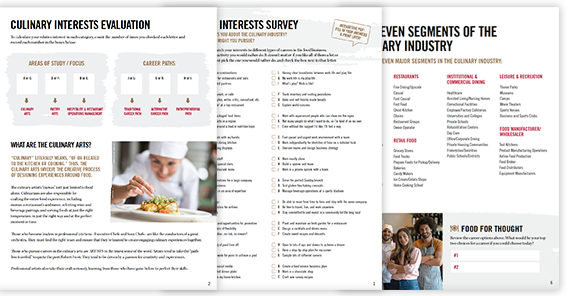Baking With Gluten-Free Flours
Gluten-free diets can become challenging when trying to create food in the baking & pastry arts. Whether you or someone close to you has this dietary restriction, it can be hard to bake breads or desserts without wheat flour. However, making gluten-free treats is a good skill to master while working on your online baking courses, because as more people become aware of the condition there is an increasing demand for a better and wider variety of options on menus.
Besides the taste of gluten-free flour, one of the biggest challenges in substituting it for wheat flour is that different varieties will need to be blended together to achieve the right flavor and texture for the specific dish that you are creating. There is a lot of experimentation that goes into baking with gluten-free flours. To start out, you can choose pre-made blends from a natural foods store. Once you are comfortable baking with the store-bought blends, you could start modifying and creating your own blends that are more customized to your tastes.
The secret to knowing which flours and starches to blend for a recipe is understanding the properties of the gluten-free flours. Once you understand their flavors, textures and chemical reactions you will be able to better predict which ones will best suited for your desserts and breads. Here are three of the most common gluten-free varieties:
Amaranth flour
Amaranth flour is made from amaranth plant seeds, which are ancient Mexican whole grains. Rich in protein, calcium and iron, this flour will help fortify the baked goods you are making, give them structure and help them brown quickly. Amaranth flour works especially well in recipes with brown sugar or maple syrup, but should only be used in small amounts in order to avoid giving goods a bitter flavor.
Buckwheat flour
Surprisingly enough, buckwheat is not a wheat, but a member of the rhubarb family. The flour has a strong nutty taste and can leave baked goods tasting a little bitter if too much is used in the blend. Buckwheat is a great source of protein, fiber, essential amino acids and B vitamins which makes it a great fortifier to bake with.
Quinoa flour
Quinoa can be bitter when ground into flour, but adds density to baked goods. When blended with other varieties, quinoa flour can help breads achieve the right texture. Quinoa is also packed with nutrients such as protein, potassium, iron, copper, manganese and zinc.





Recent Comments